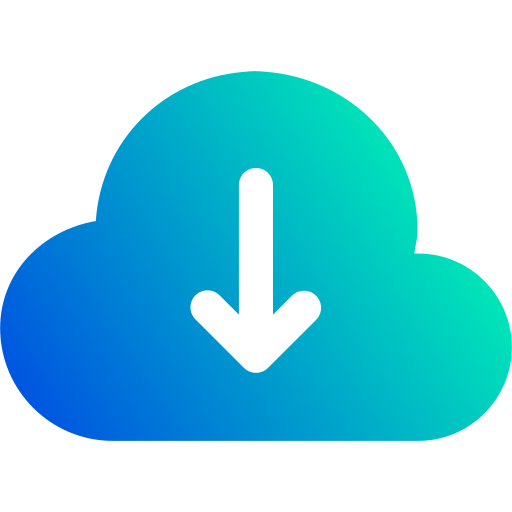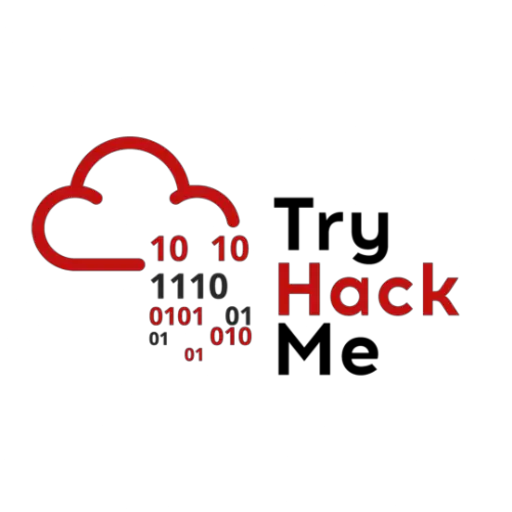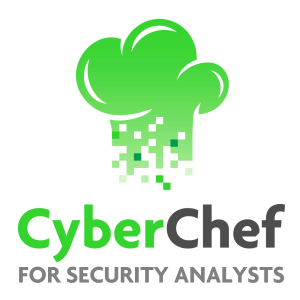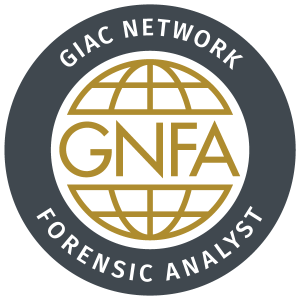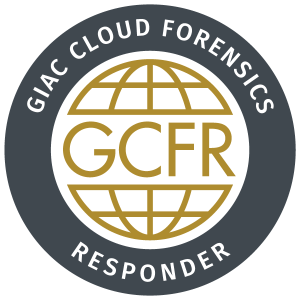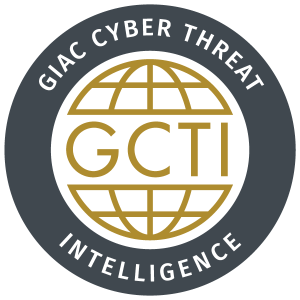
Cyber threat intelligence represents a force multiplier for organizations looking to update their response and detection programs to deal with increasingly sophisticated advanced persistent threats. Malware is an adversary’s tool but the real threat is the human one, and cyber threat intelligence focuses on countering those flexible and persistent human threats with empowered and trained human defenders. During a targeted attack, an organization needs a top-notch and cutting-edge threat hunting or incident response team armed with the threat intelligence necessary to understand how adversaries operate and to counter the threat. FOR578: Cyber Threat Intelligence will train you and your team in the tactical, operational, and strategic level cyber threat intelligence skills and tradecraft required to make security teams better, threat hunting more accurate, incident response more effective, and organizations more aware of the evolving threat landscape.
FOR578.2: The Fundamental Skillset: Intrusion Analysis
FOR578.3: Collection Sources
FOR578.4: Analysis and Production of Intelligence
FOR578.5: Dissemination and Attribution
FOR578.6: Capstone


